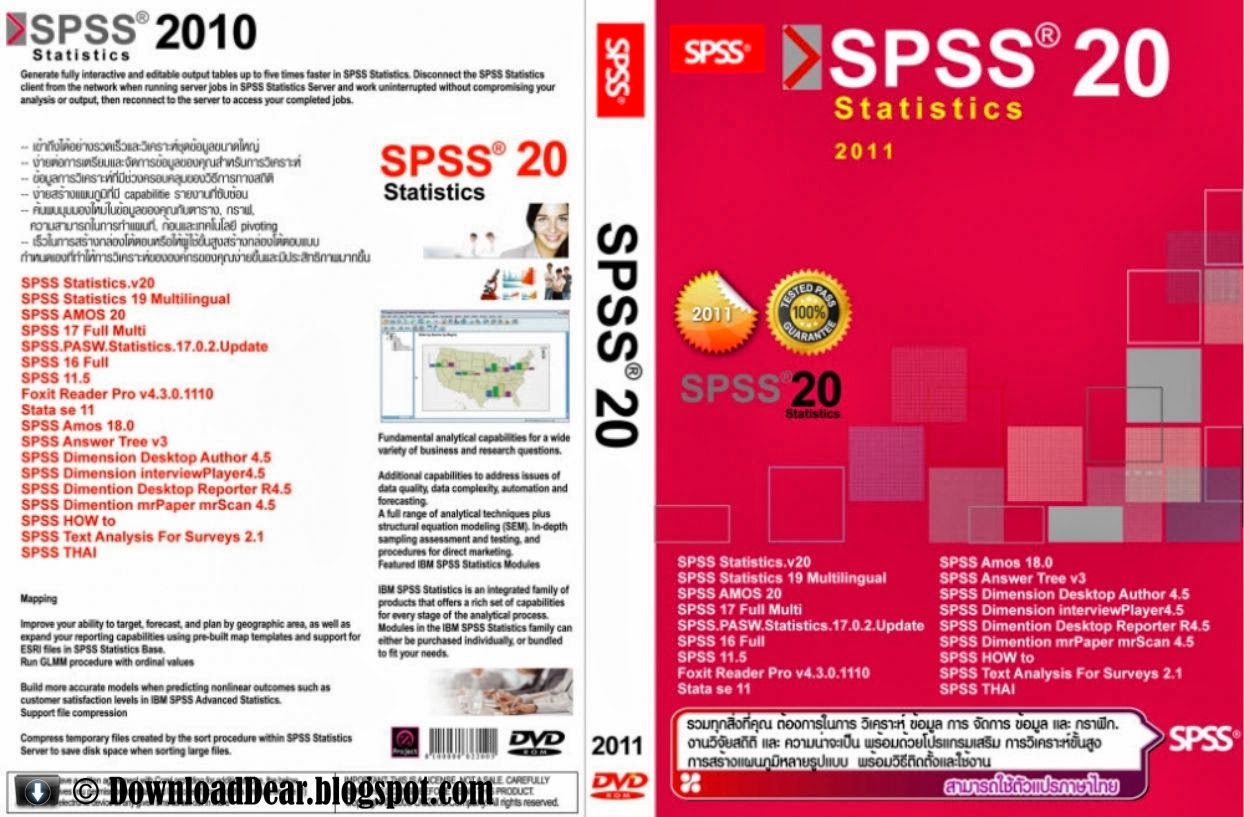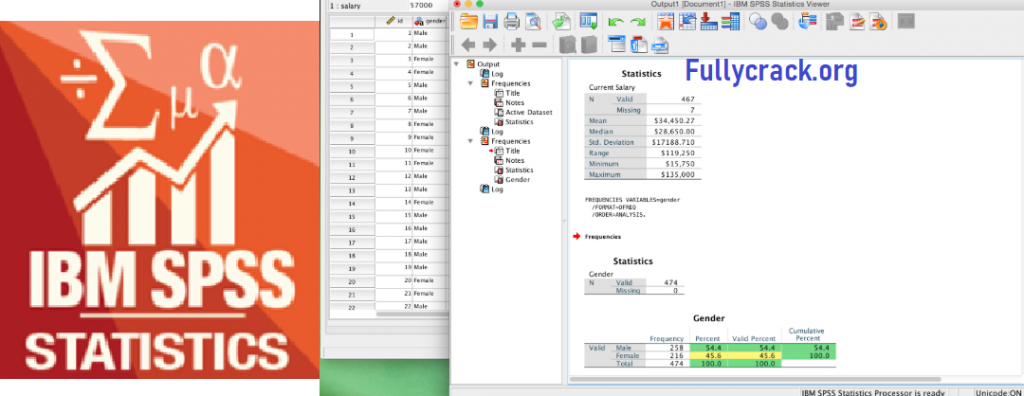
reported of the convincing otoprotective effect of NAC in preventing aminoglycoside induced ototoxicity while tuberculosis treatment. One application of NAC is hearing loss caused by aminoglycosides, which are used in tuberculosis treatment. In contrast to treatment for ISSHL, NAC is already a component of treatment for acute hearing loss of other etiologies.

In addition, NAC can prevent cell apoptosis as a donor of reduced glutathione. NAC acts as a free radical scavenger and can decrease the cell's nitric oxide production by increasing the synthesis of reduced glutathione, thus decreasing the production of harmful nitrogen radicals. Oxygenated radicals can damage hair cells in the inner ear by activating apoptotic cell death programs.


NAC has several effects that are thought to be beneficial to cell stress in the inner ear. The aim of this study was to evaluate the adding administration of N-acetylcysteine (NAC) to prednisolone treatment on patients with ISSHL at a tertiary university otorhinolaryngology department. Recent studies are mainly concerned with the combination of local and systemic corticosteroid administration in first-line therapy. If there is no improvement in hearing after systemic corticosteroid therapy, local intratympanic application may be used. Internationally, there is no standard treatment for patients with ISSHL but current therapeutic approaches are mainly focused on different forms of application of corticosteroids. Antivirals, thrombolytics, vasodilators, and rheologics seem to have no effect. Because of the unexplained cause, many therapies have been tried. The incidence is estimated to be between 8–400/100,000 cases. Prednisolone treatment combined with NAC resulted in better hearing outcomes in patients with ISSHL than treatment without NAC.Īn idiopathic sudden sensorineural hearing loss (ISSHL) is a sudden onset, usually unilateral, cochlear sensorineural hearing loss of ≥ 30 dB within < 3 days in at least 3 contiguous frequencies without an identifiable cause. In multivariable analysis on Japan classification in 10-tone PTA including all significant factors from univariate analysis, negative prognosis of hearing recovery were age > median (odds ratio 1.648 95% confidence interval 1.139–2.385 p = 0.008), diseased opposite ear (OR 3.049 CI 2.157–4.310 p < 0.001), pantonal ISSHL (OR 1.891 CI 1.309–2.732 p = 0.001) and prednisolone alone without NAC treatment (OR 1.862 CI 1.200–2.887 p = 0.005). In univariate analysis, treatment with prednisolone and NAC was associated with a positive prognosis of hearing recovery in the Japan classification in 10-tone PTA.

Mean initial ISSHL and hearing gain after treatment in 10-tone pure tone audiometry (PTA) were 54.8 ± 34.5 dB and 15.2 ± 21.2 dB, respectively. Univariate and multivariable analysis were performed to identify independent factors regarding negative prognosis of hearing recovery. 663 patients received NAC administration in addition to standard tapered prednisolone treatment. Methodsħ93 patients (median age 60 years 50.9% women) with a new diagnosis of ISSHL from 2009 to 2015 were included in the study. This is a retrospective monocentric study investing the impact of adding N-acetylcysteine (NAC) to prednisolone treatment on patients with ISSHL at a tertiary university otorhinolaryngology department. Internationally, corticosteroids are still the mainstay treatment for patients with idiopathic sudden sensorineural hearing loss (ISSHL).


 0 kommentar(er)
0 kommentar(er)
